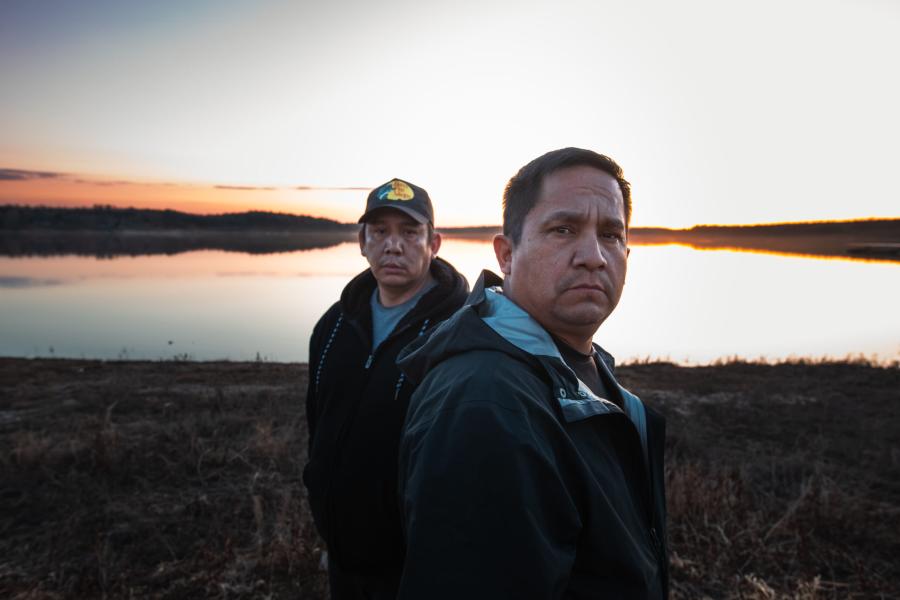The Kitsault molybdenum deposit, in northwest British Columbia, is located at the head of Alice Arm, a fjord that leads into the mouth of the Nass River. This river in turn feeds into the Portland Canal Fjord which flows into the Pacific. The Nishga Indians are dependent upon the Nass watershed and these coastal fjords for their livelihood.
The Climax Molybdenum Corporation of BC, Ltd. (a subsidiary of AMAX), which will mine the deposit, plans to dump some 10,000 tons of waste tailings into the ocean each day. With the life of the mine estimated at 26 years, there will be a total of about 100 million tons of tailings. This waste will contain mercury, cadmium, lead, arsenic, zinc, and traces of other toxic elements such as radium 226, uranium, and thorium. As the radioactive elements are water soluble, there is a likelihood of widespread contamination.
These plans have led to protests from commercial fishermen from British Columbia and nearby Alaska as well as from the Nishga. In 1981, the United Fishermen and Allied Workers Union (UFAWU), meeting in Vancouver, unanimously passed a resolution opposing the dumping. This resolution states, in part, that the UFAWU has supported the Nishga Tribal Council in opposing this dangerous adventure...The Climax mine, owned by the multi-national Amax Corporation, threatens the lives and livelihood of the Nishgas and threatens the health of other consumers of fish or other seafoods originating in the Alice Arm Area.
The UFAWU, stressing the fact that there are ten other potential mines in the area, all of which might dump waste into the ocean, has insisted that the public has the right to see the government's evaluation of the possible impact of these mines on the environment.
The proposed Borax Molybdenum Mine at Quartz Hill, Alaska, to be operated by US Borax and Chemical Corp. (a fully-owned subsidiary of Rio Tinto Zinc) would be fifteen times as large as the AMAX operation at Kitsault. This corporation plans to dump mine tailings directly into the ocean. Total waste is estimated at 1.3 billion tons of tailings and 1.1 billion tons of overburden.
The Islands Copper Mine, at Port Hardy, British Columbia, has been dumping tailings from its copper-molybdenum operation into Ruperts Inlet since 1971. It is the only mine in Canada to have dumped tailings directly into the ocean in the last decade. Evaluation of its impact on marine life should have some bearing on other proposed or recently inaugurated mines. The Federal Fisheries in Ottawa and the BC Ministry of the Environment commissioned Michael Waldichuk and R.J. Buchanan to report on this impact.
The Waldichuk report indicated that current monitoring of the area is inadequate to determine the impact of the mine on marine food chains. They did note, however, that the new deposits of pulverized rock in the deepest parts of the inlet are smothering the habitats of bottom organisms. In addition, each tide resuspends the discharged materials that were expected to sink to the bottom. Sports fishermen have reportedly ceased to use the area, and according to Mr. Frank White, Chief of the Quatsino Band, the Indians have ceased to use the Quatsino Narrows for their fresh fish supply because the waters are "muddy". There is concern among the Native people that seafood contaminated by the mine tailings may be unsafe to eat.
Article copyright Cultural Survival, Inc.



